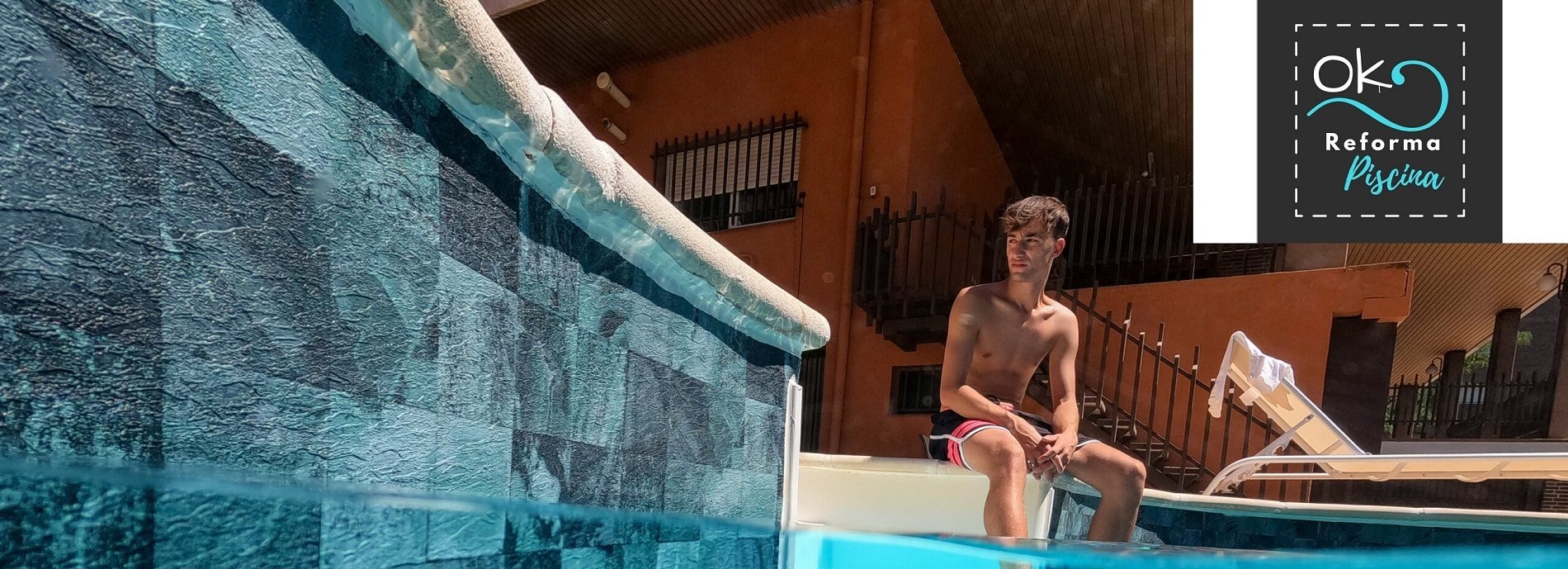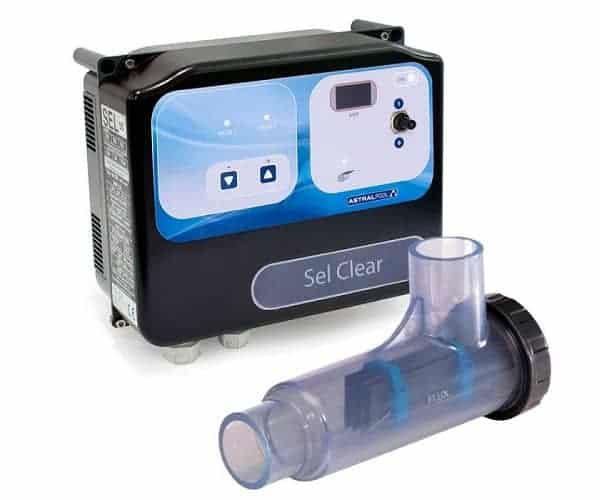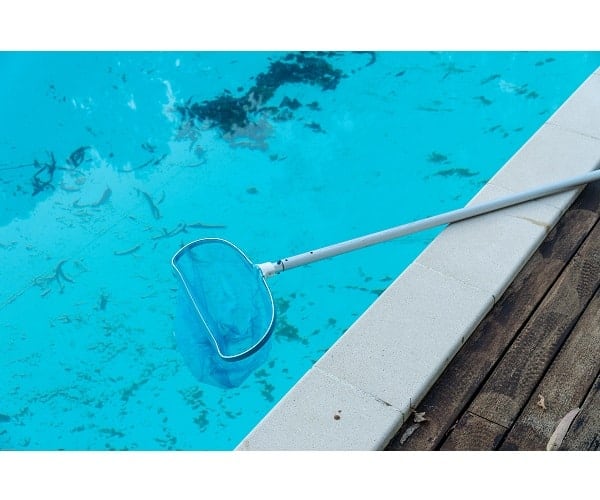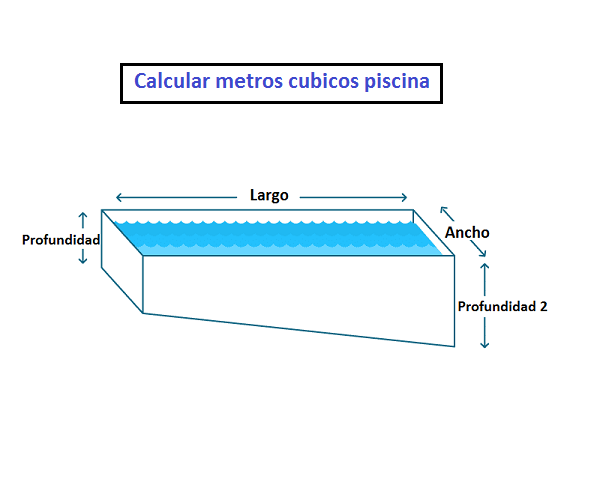
Table of contents of the page
First of all, within Swimming pool water treatment in an expansion of the content of What is salt electrolysis we are preparing to tell the Ideal chlorine level in a saline pool: saltwater pools also contain chlorine.
What is salt chlorination
What is a saline pool

Salt chlorination or salt electrolysis is an advanced sterilization and disinfection system to treat swimming pool water with saline disinfectants. (through the use of chlorine or chlorinated compounds).
Chlorine level in saline pool
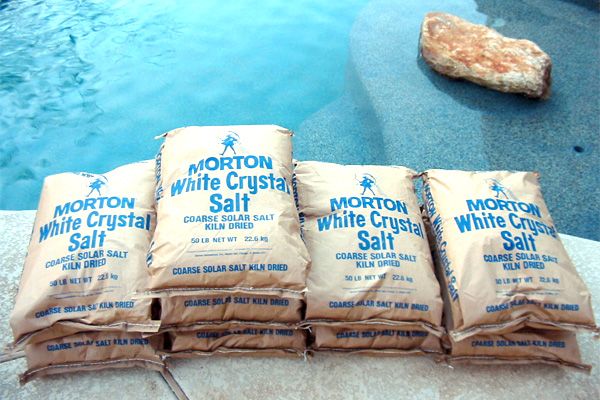
Chlorine level in saltwater pools
Saline pool chlorine level
Firstly, Chlorine should have a level of 0,5 to 3ppm (I recommend being around 1pm), and the pH between 7 and 7,4 (the ideal is 7,2).
Understanding salt chlorination equipment: chlorine in salt pools
Scheme to understand how salt chlorination works
Elements of the saline pool
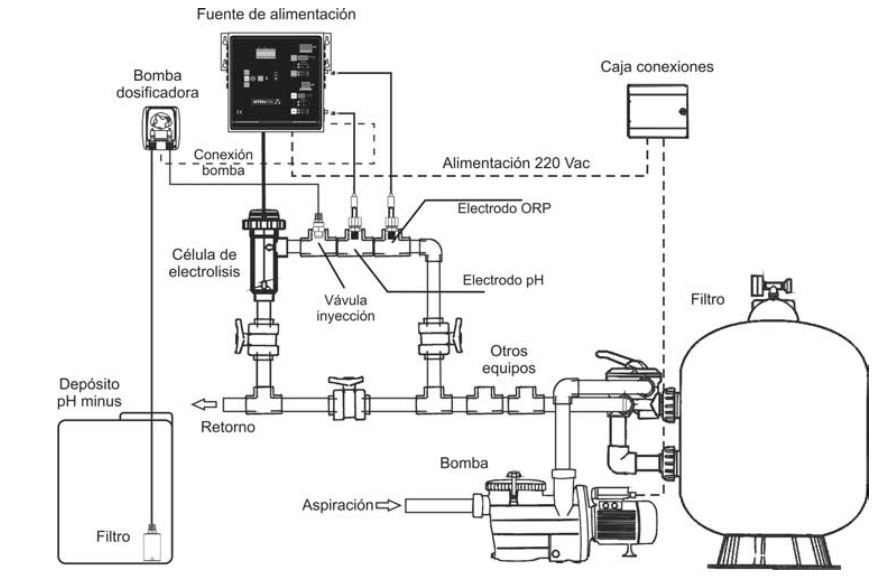
Basic concept of the salt electrolysis process
Generically, Electrolysis is a simple process through which oxygen, hydrogen and all other components present in water are separated. of the pool by applying a direct electric current.
So basically the concept is that the salt chlorinator will automatically generate natural chlorine, which is extracted from the salt, disinfecting the water and subsequently it will become salt again, so on.
Correct salt water pool values

How to maintain the water values of a salt pool

Ideal levels in the saltwater pool
- pH: 7,2-7,6
- Total chlorine value: 1,5ppm.
- Free chlorine value: 1,0-2,0ppm
- Residual or combined chlorine: 0-0,2ppm
- Ideal pool ORP value (pool redox): 650mv -750mv.
- Cyanuric acid: 0-75ppm
- Pool water hardness: 150-250ppm
- Alkalinity of pool water 125-150ppm
- Pool turbidity (-1.0),
- Pool phosphates (-100 ppb)
Pool salt level values

Ideal pool salt levels: between 4 and 7 g/l (grams per liter)
These values are appropriate for a salt electrolysis system to function properly.
The appropriate salt concentration for a pool with a salt chlorinator should be between 4 and 7 g/l (grams per liter). This means that we must add between 4 or 5 kilograms of salt for each cubic meter of water.
A chlorinator will not operate properly below a concentration of 4 g/l or above 7 g/l.
- When salt levels are lower, not enough chlorine is generated to disinfect the water, while if they are higher, the chlorinator cells could be damaged.
Measure pool salt levels: How to calculate the salt needed by a pool with saline chlorination?
How much chlorine should a salt chlorinator produce?

Indicative table of how much chlorine a salt chlorinator should produce
Indicative table of how much chlorine a salt chlorinator should produce
| POOL CAPACITY | CHLORINE PRODUCTION |
| up to 20m3 | 10 g / h |
| up to 40m3 | 15 g / h |
| up to 75 m3 | 20 g / h |
| up to 120m3 | 30 g / h |
| more than 120m3 | To consult |
Notes on the board Guidance table of how much chlorine a salt chlorinator should produce
- Note 1: This table is indicative, since there are many factors that influence the choice of a chlorinator: number of bathers, climatic zone, heated pool, private or public pool, etc.
- Note 2: It is not advisable for the chlorinator to always be working at 100%, as this will reduce its useful life.
Ideal chlorine level in saline pool according to conditions
Calculation of hours and production quantity of the salt chlorinator
Below, as a way of situating you, we explain the conditions for adjusting the ideal chlorine level in a saline pool and later we will detail them one by one.

- Relationship of saline pool equipment vs pool water volume (m3)
- Hours of saline chlorinator operation according to bathers
- Production of chlorination equipment depending on the time of year
- Control and regulate the pisci chlorine level
- Saline chlorination amount of salt based on the water temperature of the saline pool according to environmental circumstances
1st factor to calculate the production of the salt chlorinator:
Relationship of saline pool equipment vs pool water volume (m3)
How to calculate the volume of pool water (cubic meters)
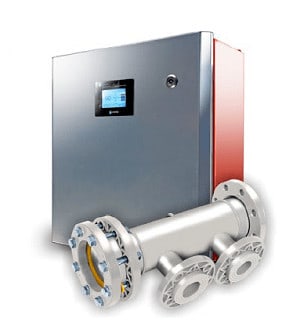
Essential: Have good saline electrolysis equipment according to the volume of the glass of pool water.
- To begin with, we will have to choose electrolysis equipment with higher production than stipulated in case in any circumstance extra chlorine production is required.
2nd Cause that affects the production of chlorine in a saline pool
Hours of saline chlorinator operation according to bathers
Our need for chlorine in a pool according to bathers and cubic meters of water:

Ideal chlorine production level in saline pool

What is the chlorine level in a pool with a private salt chlorinator?
- Based on the number of hours the pool is purified and the volume of water in a facility with few bathers, I obtain the necessary production in the private or family pool chlorinator.
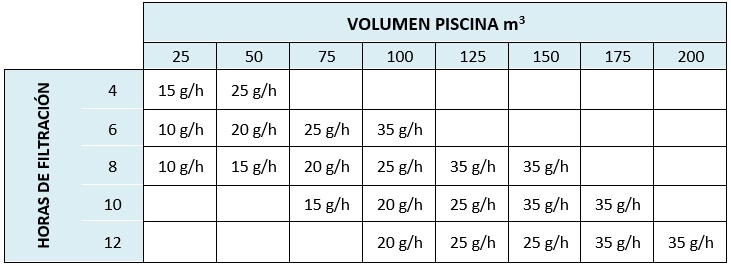
Ideal chlorine level in saline chlorinator for public pools

Chlorine level in public saline pool according to m3 of water

3rd Circumstance that affects the production of chlorine in a saline pool
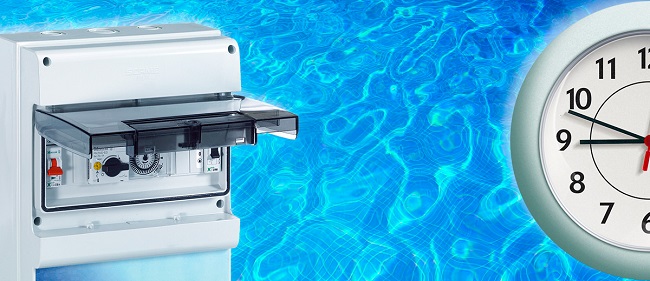
Production of chlorination equipment depending on the time of year
And how long should the chlorinator run per day?
- During a heat wave, where the sun heats the water more, you must ensure that the chlorinator generates more chlorine than evaporates.
- If chlorine level drops enough, we will have to increase debugging hours, Add stabilizer of chlorine, or help by adding a little liquid or granular chlorine directly to the water.
- Important: It must be running during sunny hours, putting it on at night reduces its effectiveness. And filtration, also a very important point, is recommended not at night.
Percentage of production of hours of operation of chlorine in the saline pool according to time of year
| TIME OF THE YEAR | HOURS OF DAILY OPERATION | PRODUCTION PERCENTAGE |
| Winter | 1 hours | 10% |
| Spring | 4 hours | 40% |
| Summer | 8 hours | 80% |
| Fall | 4 hours | 40% |
4th Factor that affects the production of chlorine in a saline pool
Control and regulate the chlorine level of the saline pool according to environmental circumstances.

Adjust chlorine level in saltwater pools according to inclement weather
- To begin with, the chlorine level in a saline pool We must regulate it, depending on the weekly measurement or the conditions surrounding the pool at that time, to maintain the chlorine value, which should be around 0,5 – 1ppm. We must regulate it, depending on the weekly measurement or of the conditions surrounding the pool at that time, to maintain the chlorine value, which should be around 0,5 – 1ppm.
- Likewise, the salt chlorinator can never be turned on if we have the pool covered, with the winter cover or the pool thermal blanket, because the chlorine has to evaporate; Therefore, we must turn off the purifier.
- Finally, for the chlorine value to be effective in disinfection, We need the pH to be as close to 7,2 as possible.
5th Particularity that affects the production of chlorine in a saline pool
Saline chlorination amount of salt based on the temperature of the pool water
Generally, a pool with salt chlorination in the summer months has to operate between 8 and 10 hours.
- The higher the water temperature, the greater the likelihood that algae will proliferate, so we will need a greater amount of chlorine to disinfect the water, and a greater number of hours of the chlorinator operating.
